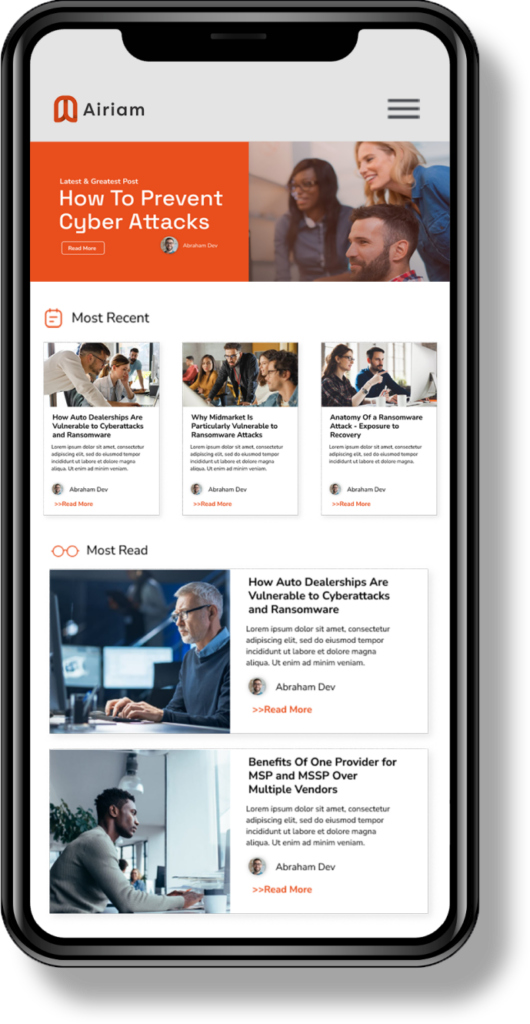What is Multi-Factor Authentication?
In today’s digital age, security is more important than ever. With the increasing number of online transactions and access to sensitive information, it is crucial to have a secure authentication process in place. This is where multi-factor authentication (MFA) comes in.
MFA is an authentication method that requires two or more forms of verification. This can include biometric authentication, a pin code, a card key, or any combination of these. The categories of authentication types can be broadly described as:
- Things you know. For example, your password or security question.
- Things in your possession. For example, your phone with an authenticator app or text message, USB key or badge.
- Things you are. For example, your fingerprint, typing characteristics or facial features.
It goes beyond just a username and password, providing an extra layer of security to protect your online identity. By requiring multiple forms of verification, MFA makes it much harder for hackers or unauthorized users to gain access to sensitive information or online accounts.
Why is Multi-Factor Authentication Important?
MFA is becoming increasingly popular, as more and more organizations recognize the importance of protecting their online assets and user data. Enabling MFA is one of the best ways to protect your online identity. It can decrease the chances of unauthorized access by 99%, making it a crucial line of defense against data exfiltration and ransomware events. In fact, it is becoming a requirement for cyber insurance.
How to Set Up Multi-Factor Authentication
Setting up MFA is easy and straightforward, taking just a few minutes to complete. While some may see it as an inconvenience, adding just a few extra seconds to your login process, the added security is well worth it.
You can implement MFA with a managed service provider (MSP) like Airiam or on your own using software services for MFA like Duo or Okta. Partnering with a vendor is a better choice for organizations that have more than a just a few users. An MSP can assess an organization to make sure they have proper backups and other controls in place that facilitate cyber resilience.
The general steps to getting started with MFA are:
- Determine which accounts or services you want to add an extra layer of security to.
- Choose the method that best fits your needs and security requirements. There are several methods of MFA, including biometric authentication, pin codes, card keys, or any combination of these.
- Enable MFA on the accounts or services you want to protect. This process will vary depending on the website or application, but typically involves going to the account settings and selecting the option to enable MFA.
- Once you have enabled MFA, you will need to register your device. This may involve downloading an authentication app, scanning a QR code, or entering a security code.
- After registering your device, it’s important to test the setup to ensure that everything is working properly. Try logging in to your account and verify that the MFA process is working as expected.
The small inconvenience can save your company millions of dollars in the long run and ensure a smoother day-to-day workflow.
Get Started
In conclusion, multi-factor authentication is a crucial step in protecting your online identity and sensitive information. If it is available and offered, it is highly recommended to set it up. If you need assistance setting it up for your business, reach out to us. Protecting your online identity has never been more important, and MFA is the first step in doing so. Airiam also held a webinar on the topic of MFA recently.

